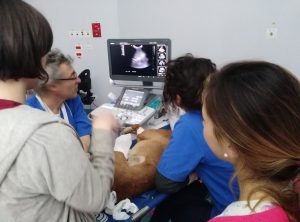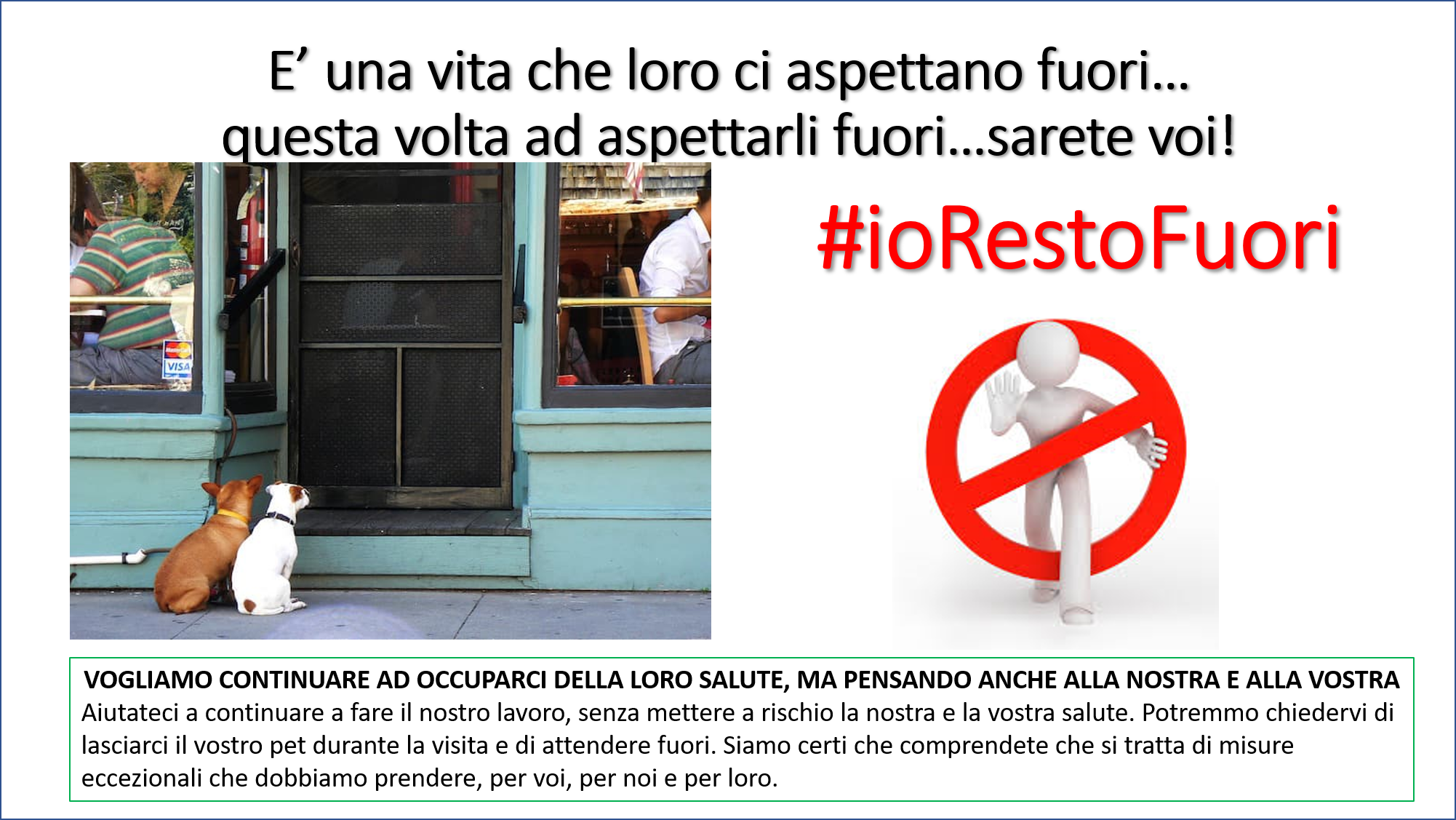Comparing immediate-type food allergy in humans and companion animals-revealing unmet needs
Pali-Schöll I1, De Lucia M2, Jackson H3, Janda J4, Mueller RS5, Jensen-Jarolim E1,6,7.
Comparing immediate-type food allergy in humans and companion animals-revealing unmet needs.
Allergy. 2017 Apr 10. doi: 10.1111/all.13179.
Author information
1 Comparative Medicine, The Interuniversity Messerli Research Institute of the University of Veterinary Medicine Vienna, Medical University of Vienna and University of Vienna, Vienna, Austria.
2 Clinica Veterinaria Privata San Marco, Padova, Italy.
3 Dermatology Referral Services LTD, Glasgow, Scotland, UK.
4 Faculty of Science, Charles University, Prague, Czech Republic.
5 Centre for Clinical Veterinary Medicine, Ludwig Maximilian University Munich, Munich, Germany.
6 Institute of Pathophysiology and Allergy Research, Center of Pathophysiology, Infectiology and Immunology, Medical University of Vienna, Vienna, Austria.
7 Allergy Care, Allergy Diagnosis and Study Center, Vienna, Austria.
Abstract
Adverse food reactions occur in human as well as veterinary patients. Systematic comparison may lead to improved recommendations for prevention and treatment in both. In this position paper, we summarize the current knowledge on immediate-type food allergy vs other food adverse reactions in companion animals, and compare this to the human situation. While the prevalence of food allergy in humans has been well studied for some allergens, this remains to be investigated for animal patients, where owner-reported as well as veterinarian-diagnosed food adverse reactions are on the increase. The characteristics of the disease in humans vs dogs, cats, and horses are most often caused by similar, but sometimes species-dependent different pathophysiological mechanisms, prompting the specific clinical symptoms, diagnoses, and treatments. Furthermore, little is known about the allergen molecules causative for type I food allergy in animals, which, like in human patients, could represent predictive biomarkers for risk evaluation. The definite diagnosis of food allergy relies-as in humans-on elimination diet and provocation tests. Besides allergen avoidance in daily practice, novel treatment options and tolerization strategies are underway. Taken together, numerous knowledge gaps were identified in veterinary food allergy, which need to be filled by systematic comparative studies.
© 2017 The Authors. Allergy Published by John Wiley & Sons Ltd






 Il Direttore Sanitario Dott. Marco Caldin
Il Direttore Sanitario Dott. Marco Caldin